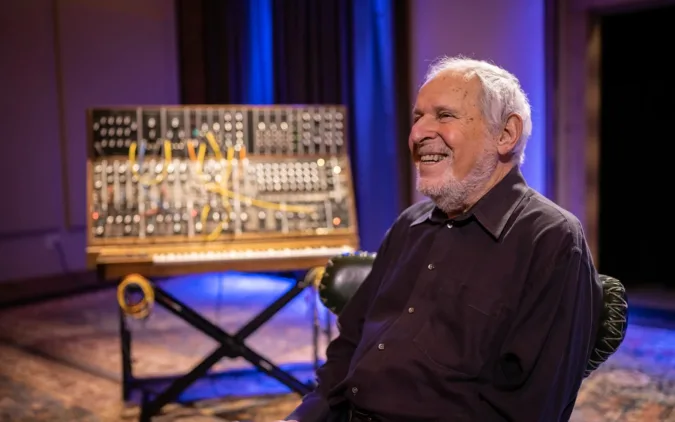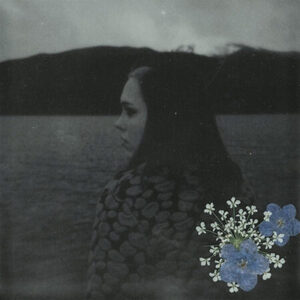
GIANTS—Herb Deutsch
Moog Music
A Documentary Series about the Early Days of Electronic Music
Although technically it wasn’t the first electronic musical instrument (that would be the theremin in 1920), Herb Deutsch was key to creating the Moog synthesizer. The Moog relied on the newfangled transistor for its internals. Unlike any other instrument, you controlled the sound by programming amplifiers and oscillators and other electronic elements to get an otherworldly sound that fed into the jazz scene, and more importantly, the progressive rock scene. Bands like Tangerine Dream and Emerson Lake and Palmer picked up on the instrument, and while complicated to operate, it really did change the face of modern music. Herb Deutsch was one of the main innovators for this instrument, and in this installment of GIANTS, we meet him siting on a stage with an impressive box behind him. It’s one of the early instruments, and it’s a field of knobs, sockets, plugs, and patch cords. Did you need a degree in electrical engineering to master this new monster? No, but it didn’t hurt.
Deutsch gives an enthusiastic retelling of the history of music and how technologies have changed sound and music itself. He grew up in the world of jazz and combined that enthusiasm with a knowledge of electronics to create a new type of music. His first composition was “A Christmas Carol,” mixing sound with people’s comments on a race bombing in Alabama. It was intended for John Kennedy, but Kennedy was shot before he could send it. Eventually he met Bob Moog, a man who sold theremins. They became fast friends and went on to change musical history.
This is the first offering of the GIANTS project, and while I don’t yet have the subject of the next edition, this is an informative and enlightening look at how modern music and electronics have enhanced the business of writing and producing sound. And best of all, it’s on both the Moog website and YouTube for free. At 24 minutes, it’s long enough to uncover the depths of the subject without dragging it out. And from my perspective, the initial synthesizer was an awkward machine requiring actual engineering knowledge. Today’s synthesizer user interface is very similar to classic instruments, with frets and keys and drumsticks. The division between “classic” instruments and electronic ones is just a nit today. And you don’t need a degree or a slide rule to make cool sounds, just a sense of rhythm and a laptop. Wunderbar!












